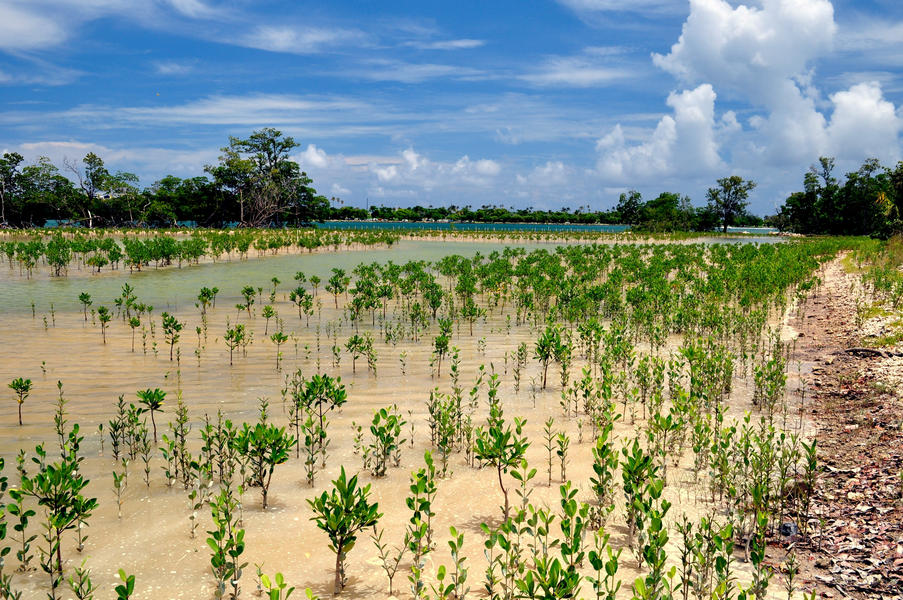

Loxahatchee River-Lake Worth Creek Aquatic Preserve
- Home
- Divisions
- Office of Resilience and Coastal Protection
- Aquatic Preserve Program
- Loxahatchee River-Lake Worth Creek Aquatic Preserve
Aquatic-Preserve Quick links
- Alligator Harbor Aquatic Preserve
- Apalachicola Bay Aquatic Preserve
- Banana River Aquatic Preserve
- Big Bend Seagrasses Aquatic Preserve
- Biscayne Bay Aquatic Preserves
- Boca Ciega Bay Aquatic Preserve
- Cape Haze Aquatic Preserve
- Cape Romano-Ten Thousand Islands Aquatic Preserve
- Cockroach Bay Aquatic Preserve
- Coupon Bight Aquatic Preserve
- Estero Bay Aquatic Preserve
- Fort Pickens Aquatic Preserve
- Gasparilla Sound-Charlotte Harbor Aquatic Preserve
- Guana River Marsh Aquatic Preserve
- Indian River-Malabar to Vero Beach Aquatic Preserve
- Indian River-Vero Beach to Fort Pierce Aquatic Preserve
- Jensen Beach to Jupiter Inlet Aquatic Preserve
- Kristin Jacobs Coral Aquatic Preserve
- Lake Jackson Aquatic Preserve
- Lemon Bay Aquatic Preserve
- Lignumvitae Key Aquatic Preserve
- Loxahatchee River-Lake Worth Creek Aquatic Preserve
- Matlacha Pass Aquatic Preserve
- Mosquito Lagoon Aquatic Preserve
- Nassau River-St. Johns River Marshes and Fort Clinch Aquatic Preserves
- Nature Coast Aquatic Preserve
- North Fork, St. Lucie Aquatic Preserve
- Oklawaha River Aquatic Preserve
- Pellicer Creek Aquatic Preserve
- Pine Island Sound Aquatic Preserve
- Pinellas County Aquatic Preserves
- Rainbow Springs Aquatic Preserve
- Rocky Bayou Aquatic Preserve
- Rookery Bay Aquatic Preserve
- St. Andrews Aquatic Preserve
- St. Joseph Bay Aquatic Preserve
- St. Martins Marsh Aquatic Preserve
- Terra Ceia Aquatic Preserve
- Tomoka Marsh Aquatic Preserve
- Wekiva River Aquatic Preserve
- Yellow River Marsh Aquatic Preserve
- All Aquatic-Preserve content
"Explored on canoe or kayak, the wild and scenic waters can easily transport an open mind back in time to the good old days of Trapper Nelson."
Loxahatchee River-Lake Worth Creek Aquatic Preserve includes the Northwest Fork of the Loxahatchee River that was designated as the first of two Wild and Scenic Rivers in Florida. Loxahatchee River translates to "The Creek of the Turtle." Designated as the Loxahatchee River-Lake Worth Creek Aquatic Preserve in 1970, the aquatic preserve includes the remains of Trapper Nelson's Wildlife Zoo. Trapper Nelson's, aka Tarzan of the Loxahatchee, homestead and zoological park was built along the narrow, scenic Northwest Fork of the Loxahatchee River in the 1950s.
The upper reaches are composed of freshwater and tidal marsh riverine communities. Near and within the estuary, mangrove communities line the shoreline and submerged resources include tidal flats, seagrass beds and oyster bars.
Kitching Creek is a major tributary to the Loxahatchee River that traverses Jonathan Dickinson State Park and empties into the federally designated Wild and Scenic Northwest Fork of the Loxahatchee River. Kitching Creek has been impacted and redirected by land development activities that ultimately resulted in lower groundwater levels and degradation of natural wetlands. Tidal effects at Jupiter Inlet combined with reduced freshwater flows to the Northwest Fork have resulted in saltwater progression upstream.
The Kitching Creek restoration project redirects flows to Kitching Creek, increases the flow to the Loxahatchee for habitat restoration, raises groundwater levels, restores degraded wetlands, and reduces nutrient loads reaching the North and Northwest Forks of the Loxahatchee.
Partners with the Florida Department of Environmental Protection include Martin County and the South Florida Water Management District. Staff involvement in biological and water quality monitoring conducted by Loxahatchee River Control District and the water management district maintains an ongoing and improved awareness of the health of the waters of the aquatic preserve.
The Indian River Lagoon Aquatic Preserves are a proud partner of the Leave No Trace Center for Outdoor Ethics and were selected as a 2017 and 2018 Leave No Trace Hot Spot. To learn more about Leave No Trace in the Indian River Lagoon, contact Matthew Anderson, 772-448-5935.
Volunteering at Indian River Lagoon Aquatic Preserves
The Indian River Lagoon Aquatic Preserves provide a variety of volunteer opportunities including ecosystem science projects, restoration and spoil island activities. Volunteers help with activities such as wildlife monitoring, annual seagrass monitoring or microplastic sampling. The Shoreline Restoration Project enables volunteers to get involved in shoreline stabilization through native plantings. On spoil islands, volunteers take a hand in improving visitor access through activities such as invasive plant removal or installing picnic tables, fire rings or human waste bag dispensers.
For more information, please contact our office at: IRLAP@FloridaDEP.gov or call 772-448-5935.
For other opportunities to help preserve the Indian River Lagoon and surrounding aquatic preserves, consider joining the Friends of the Spoil Islands.
3300 Lewis Street
Fort Pierce, FL 34981
United States
Boating (especially kayaking and canoeing), waterskiing, recreational and commercial fishing, wildlife observation and photography are a few of the most popular activities in the aquatic preserve.
The Florida Department of State’s Division of Historical Resources Master Site File indicates there are archaeological and historical sites within and adjacent to Loxahatchee River-Lake Worth Creek Aquatic Preserve. The archaeological sites include prehistoric middens dating from 1000 B.C. while the historic sites include military sites from the Civil War era and a fort and campsite from the second and third Seminole Wars.
The upper reaches are composed of freshwater and tidal marsh riverine communities, which is important habitat for various fish and invertebrate species such as the blue crab, striped mullet, snook and tarpon.
The aquatic preserve is home to many rare wading birds such as the wood stork, little blue heron, tricolored heron, reddish egret and roseate spoonbill.
Interested in subscribing to DEP newsletters or receiving DEP updates through email?
Sign UpAbout DEP
The Florida Department of Environmental Protection is the state’s lead agency for environmental management and stewardship – protecting our air, water and land. The vision of the Florida Department of Environmental Protection is to create strong community partnerships, safeguard Florida’s natural resources and enhance its ecosystems.
Learn MoreContact
3900 Commonwealth BoulevardTallahassee, Florida 32399-3000 Public.Services@FloridaDEP.gov 850-245-2118
